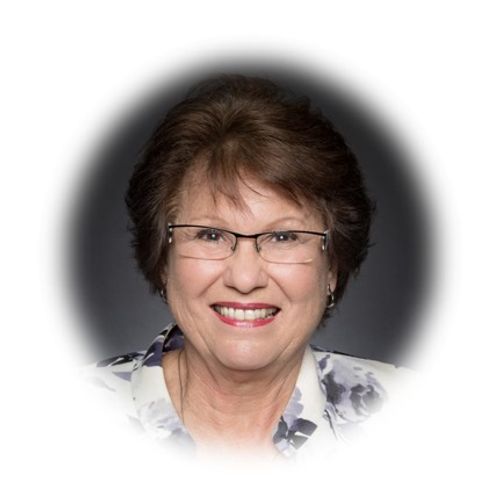The Art of Saying No
The Art of Saying No
Saying Yes is Always Easy But Not Always Wise
“The art of leadership is saying no, not yes. It is very easy to say yes.” Tony Blair
Consider What happens when you always say yes.
1. It’s impossible to do everything well and saying yes to everything puts a leader at high risk for losing the focus and the stamina to accomplish their highest priorities.
2. When a leader always says yes, they move into the tyranny of the urgent, putting out fires and tackling the day-to-day demands. All good and important things but not where their highest impact and value will be felt – good, but not great things.
“Greatness is not a function of circumstance. Greatness, it turns out, is largely a matter of conscious choice, and discipline.” Jim Collins
“Good is the enemy of great. And that is one of the key reasons why we have so little that becomes great.” Jim Collins
3. When a leader always says yes, is that it may skew a leader’s motives for why they are willing to do the work. Are they are saying yes because they like to feel good? Feel that they are a supportive team player? Have a strong desire to be liked? Or are they saying yes in the hopes it will set them up for a promotion? Are they saying yes so that the conversation will take less of their time as they respond with a quick yes?
Being bold enough to say no is not always easy. You still want to be perceived as a team player, as someone who wants to work hard, as one who understands the needs of the business; as a leader who can flex when needed…. And I could go on…
When someone comes to you with a request, if at all possible, rather than jumping in with a response, look to share in an open and responsive way with comments such as:
Can we set up some time to talk about this? Can I have a little time to learn more about this?
From my own experience I have found that before I quickly say yes to a request the results are usually better if I have time to ask myself a few questions:
Can I seek to understand why this request is being made?
Step One: Clarify
Step Two: Reflect
Step Three: Confirm
Is this request the wise thing to do?
Exploration of wisdom is an essential component in every leader’s journey and, particularly as you consider the idea that there are times to say “No” then it’s great to have wisdom at your side.
To me, this moves the question from whether doing the task is right or wrong, but is it the best choice.
Jim Temme’s method in his book called Productivity Power uses the acronym USA to help a leader develop an approach to saying no.
U: Begin with an understanding statement. Really this is about acknowledging the value of the person who is coming to ask you to support some work. Secondly it is an opportunity to show that you understand the work is important.
S: Situation Statement. This takes into account what your situation is right now. Being organized in a way that demonstrates your work load really helps communicate clearly what your current situation is.
A: Action Statement: You have the chance to move this request into action. Instead of starting with no or other words of frustration, engage in a conversation of options for action. Moving other priorities, including someone else in the request and so on….
Notice that the action statement is asking your boss to help with the solution. This is so different than the only option being that you respond with a yes. This is also a good reminder that in saying no to this request you are still saying yes to the highest priorities.
Gain a clear picture of your situation and your days. Determine what you value the most, what your top priorities are. And then enter into the art of learning to say no. (oh, by the way, this is not just for managing work in your business world; the same is true for your personal life. Packing your off-work hours with a never ending myriad of tasks and events results in the same need to learn the art of when to say no.
This is the voice of Niña Ellison. You can reach me at www.healthyleadership.online
Resources:
Stanley, A. (2004). The Best Question Ever. Sisters, OR: Multnomah.
Temme, J. (1993) Productivity Power: 250 great ideas for being more productive. Mission, KS: SkillPath Publications. P.7480

